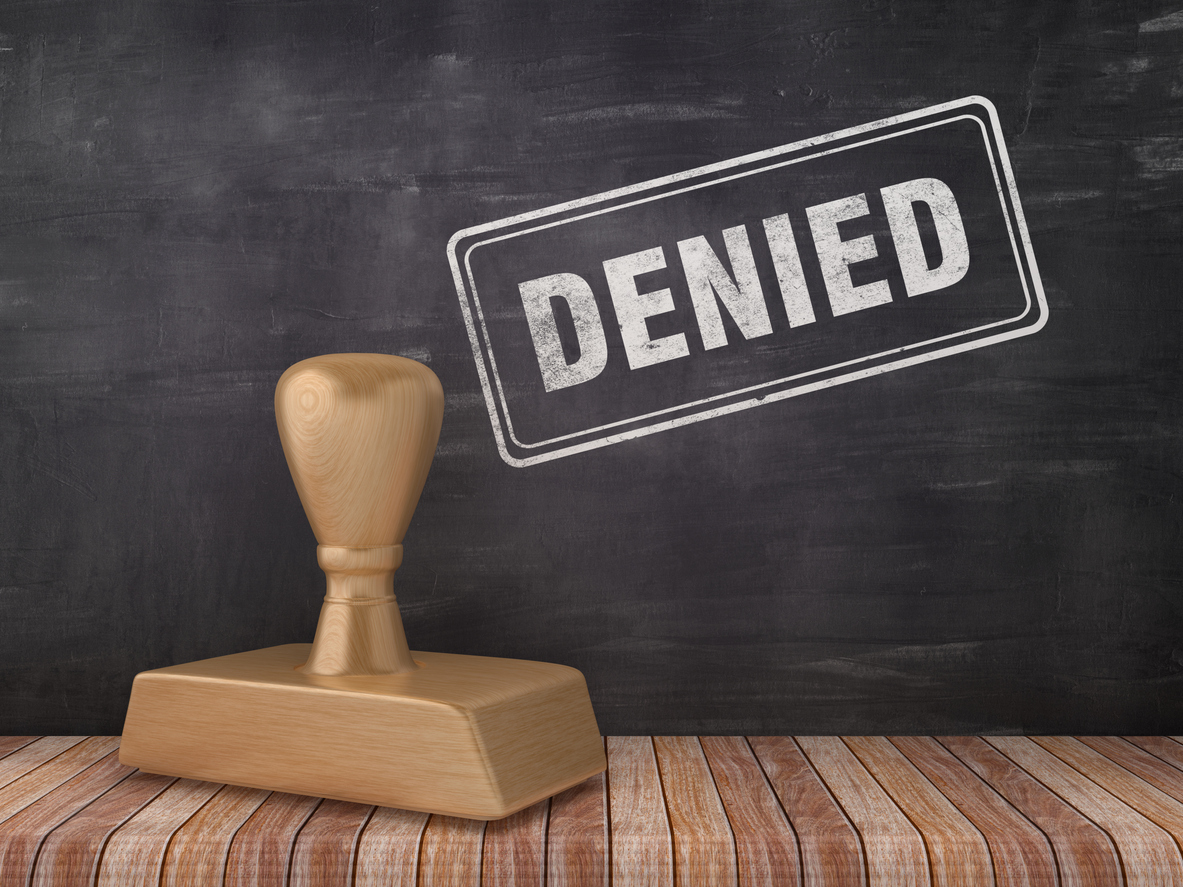No hurricanes all summer. The water is cooling. People are preparing for Thanksgiving and muttering about retail shops putting up holiday lights in the first week of November. And out of the blue comes Hurricane Ida.
I am supposed to be in Poplarville, Mississippi tomorrow morning for an event with former client, Pearl River Community College. I was hoping to see Mississippi Congressman Gene Taylor about his efforts to demand a hurricane policy that covers wind, flood, and storm surge. I doubt any of this will happen, given the wide projections of landfall for Hurricane Ida.
Instead, Florida panhandle clients have been calling and asking what to do. Storm surge is probably the most potentially devastating aspect of Hurricane Ida unless a tornado or microburst hits. Florida panhandle beachfront businesses and residents have suffered pretty significant beach erosion since Hurricane Ivan. Generally, there is far less protection from the impact of waves, surge and flood in most areas from Gulf Shores, Alabama, eastward to Cape San Blas, Florida. These are beautiful white sand beaches that have had significant growth since the early 1970’s.
This is what a Florida panhandle resident and meteorologist Rocco Calaci has to say about Hurricane Ida this morning:
Hurricane Ida has shown everyone that she is on her own schedule. The storm moved faster than anticipated and now is weakening sooner than expected. Current sustained winds have dropped from 105 mph to 80 mph and should make landfall as a very minimal Category 1 hurricane and weakening as it moves over land.
Hurricane Ida is moving slightly towards 340 degrees from its’ position at 16 miles per hour. This is an increase of 4 miles per hour in the forward speed. The different models seem to agree that Ida will make landfall early Tuesday morning near 7:00AM. The media keeps saying landfall will be at Pensacola Florida, but it will probably be inside the Alabama border at Orange Beach and Gulf Shores Alabama.
No one has sighted Jim Cantore from the Weather Channel, so the exact landfall spot is iffy. Al Roker from NBC will be in Pensacola for the landfall of Hurricane Ida. The last time Mr. Roker was in Pensacola was during Hurricane Ivan and he was a lot heavier then. Hopefully someone will be holding on to him during his live broadcasts tomorrow.
What is interesting is that there are still some numerical models that place the landfall near New Orleans, but the upper level winds at 30,000 feet will keep Ida along the Alabama – Florida border. Winds will steadily increase throughout the day as Ida moves closer to shore. Wind speeds tomorrow morning will be around 50 to 60 miles per hour sustained with higher gusts along the immediate coast line. As Ida continues to weaken, these wind speeds will most likely decrease.
Once Ida makes landfall tomorrow morning, winds will lower to tropical storm strength in general, but be aware of isolated gusts that could be as high as 65 miles per hour. From eastern Mississippi towards New Orleans, winds will be from the Northeast and East at speeds between 45 to 55 miles per hour on the shoreline. Gusts will be a bit higher, but the local environment plays a significant part in gustiness at each location.
Hurricanes release destructive energy over widespread areas. As I am writing this, insurance catastrophe adjusting teams are making final staging plans. There is a myriad of significant decision making at governmental levels. These decisions pertain to evacuation calls for low areas, shelters, governmental closings, etc. The impact on local communities cannot be overstated as a result of Hurricane Ida–even if it is a relatively late storm that is expected to weaken–nobody will take it lightly.



